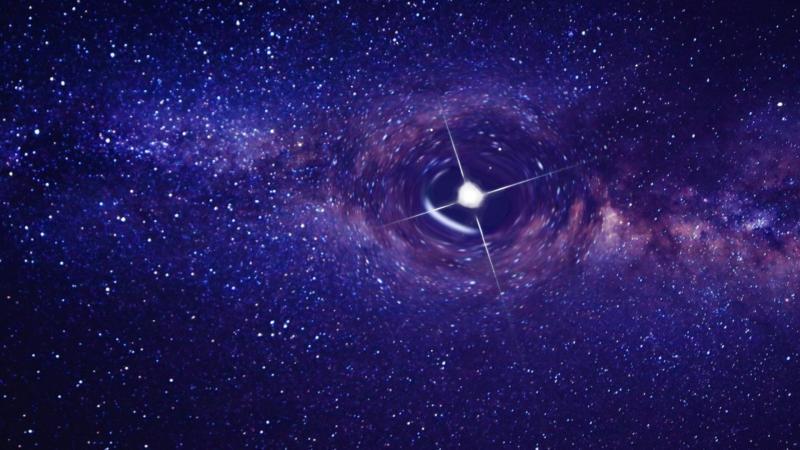
Seeing the Unseen Universe through Gravitational Lensing
The universe is full of mysteries, and scientists have been working tirelessly to unravel its secrets. One of the most powerful tools in their arsenal is gravitational lensing, a phenomenon where the gravitational field of a massive object bends and distorts the light passing nearby. By combining gravitational lensing with multi-messenger astronomy, scientists can study distant and faint events in unprecedented detail, revealing secrets of gravity and dark matter.
Gravitational lensing is a fundamental concept in Einstein’s theory of general relativity, which describes how gravity warps the fabric of spacetime. According to this theory, massive objects such as galaxies, stars, and even dark matter can create strong gravitational fields that bend and focus light passing nearby. This bending of light can create a variety of effects, including magnification, distortion, and even multiple images of distant objects.
In recent years, scientists have used gravitational lensing to study the universe in unprecedented detail. By analyzing the bending of light around massive objects, researchers have been able to map the distribution of dark matter, a mysterious substance that makes up approximately 85% of the universe’s mass-energy budget. They have also used gravitational lensing to study the formation and evolution of galaxies, as well as the nature of dark energy, a mysterious force driving the acceleration of the universe’s expansion.
But gravitational lensing is not just a tool for studying the universe’s large-scale structure. It can also be used to study distant and faint events, such as merging black holes and exploding stars. These events are often invisible to traditional telescopes, but gravitational lensing can magnify and distort their light, making them visible and allowing scientists to study them in unprecedented detail.
One of the most exciting applications of gravitational lensing is in the field of multi-messenger astronomy. This approach combines observations of gravitational lensing with observations of gravitational waves, light, and neutrinos to study distant and faint events. By analyzing these different signals, scientists can gain a more complete understanding of the universe and its secrets.
For example, scientists have used gravitational lensing to study the merger of two black holes, an event that produced a gravitational wave detected by LIGO. By analyzing the bending of light around the black holes, researchers were able to determine the distance and mass of the event, as well as the nature of the black holes themselves.
Another example is the study of supernovae, massive stars that explode at the end of their lives. Gravitational lensing can magnify and distort the light from these events, allowing scientists to study them in unprecedented detail. By analyzing the bending of light around supernovae, researchers can determine their distance, mass, and composition, as well as the nature of the explosion itself.
Gravitational lensing is also being used to study the universe’s most distant and faint objects, such as distant galaxies and quasars. These objects are often invisible to traditional telescopes, but gravitational lensing can magnify and distort their light, making them visible and allowing scientists to study them in unprecedented detail.
The combination of gravitational lensing and multi-messenger astronomy is a powerful tool for studying the universe. By analyzing the bending of light and other signals, scientists can gain a more complete understanding of the universe and its secrets. This approach has the potential to reveal new and exciting insights into the nature of gravity, dark matter, and the universe itself.
In conclusion, gravitational lensing is a powerful tool for studying the universe, and its combination with multi-messenger astronomy is a game-changer for scientists. By analyzing the bending of light and other signals, researchers can gain a more complete understanding of the universe and its secrets. This approach has the potential to reveal new and exciting insights into the nature of gravity, dark matter, and the universe itself.
Source: https://researchmatters.in/news/gravitational-lensing-opens-new-frontier-multi-messenger-astronomy






